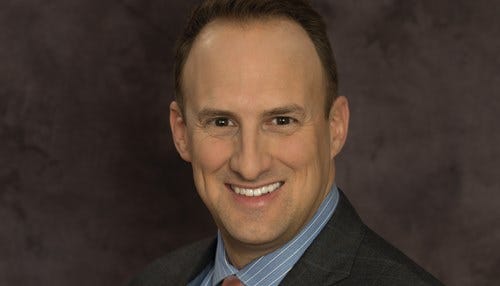Direct Primary Care: A Growing Trend

Subscriber Benefit
As a subscriber you can listen to articles at work, in the car, or while you work out. Subscribe NowFor a moment, imagine your relationship with your doctor could be more like other professional service relationships. It’s hardly a novel concept. For decades that’s how it worked… You would visit your doctor, receive your needed care and pay the doctor directly for time and services.
We’ve reached a point now, however, where it seems there are more people who don’t remember this than who do. Decades of governmental intervention, special interest lobbying, and administrative tinkering have taken their toll. Primary care doctors have an average of 3,000 patients each, and face declining reimbursements and increasing mandates on their time. Patients routinely face longer wait times, shorter office visits, and increasing uncertainty about their insurance. Unfortunately for us all, there appears to be no end in sight.
A 2016 Merritt Hawkins Survey of over 17,000 physicians found that 62 percent of doctors had “somewhat or very negative feelings” about the future of the medical profession. Only an astonishing 14 percent felt like they had the time they needed to provide the highest standard of care. A full 90 percent cited regulatory burdens or a loss of clinical autonomy as their leading job dis-satisfiers. The message is clear – once again, something must change.
Many see Direct Primary Care (DPC) as part of the solution. DPC practices are fixed-fee physician groups that are enabling patients and doctors to re-take control of their healthcare. DPC practices do not rely on insurance billing for revenue. Their fees are paid entirely by their patients, who then also maintain insurance for subspecialty care, hospitalization, and other medical needs.
In DPC models, pre-set fees are periodically billed to patients for a defined array of services, sometimes costing as little as $70 or $80 per month. DPC doctors also generally limit their patient volumes to 600-1,000 patients to ensure more time and attention can be spent with each patient. DPC patients receive longer appointments, more timely access, and often a greater focus on preventive care. Preliminary data suggests this also helps reduce overall systemic cost, as claims for subspecialty referrals and hospital encounters tend to go down among DPC patients.
Over 600 DPC practices currently exist in the U.S., delivering care to as many as 250,000 patients. An estimated 1,400 more DPC practices are expected to open in the next five years, not to mention the proliferation of larger, employer-based DPC clinics are also on the rise.
This trend is alive right here in Indiana. The first known DPC practice in Indiana was established in Indianapolis in 2002. By 2007 there were several more, and larger employer-based clinics had also begun to appear. Today, there are more than a dozen private practices and approximately 30 DPC physicians practicing in the Indianapolis metropolitan area alone. Together, they will support an estimated 8,000 – 10,000 patients, with perhaps twice as many more seeing employer-based providers for their care.
One big factor facilitating this growth is the support of the federal government. For all the endless debates over healthcare reform, Direct Primary Care is one of the few topics that is enjoying broad-based bipartisan support. More than 20 states, including Indiana, have already passed legislation clarifying that the periodic-fee agreements between DPC doctors and their patients do not qualify as insurance. Knowing their agreements will not be regulated in this way makes it easier for DPC doctors to open their practices and provide patient care.
The most important piece of national DPC legislation currently under review is H.R. 365, the Primary Care Enhancement Act. This bipartisan bill would close an IRS loophole that errantly categorizes DPC agreements as health plans. More importantly, it would categorize DPC agreements as HSA-eligible, qualified healthcare expenses. With a bit of luck and advocacy, a 2017 vote could still happen on this bill.
While all of this creates optimism for DPC in the context of needed healthcare reform, there is more of the story yet to be written. The reality is we don’t have enough primary care doctors to scale the DPC model. We need more. Thankfully, younger physicians in training are also recognizing the DPC trend. They are exploring DPC practice options in increasing numbers and will be part of the solution that allows these practices to grow with demand.
Perhaps the next 50 years will tell a new tale about healthcare in the U.S. One with enough doctors for everyone and happy patients who are having better care experiences at lower systemic costs. Perhaps then we’ll be providing for a truly patient-focused healthcare system.
Joe Rizzuto is chief operating officer of Priority Physicians.
